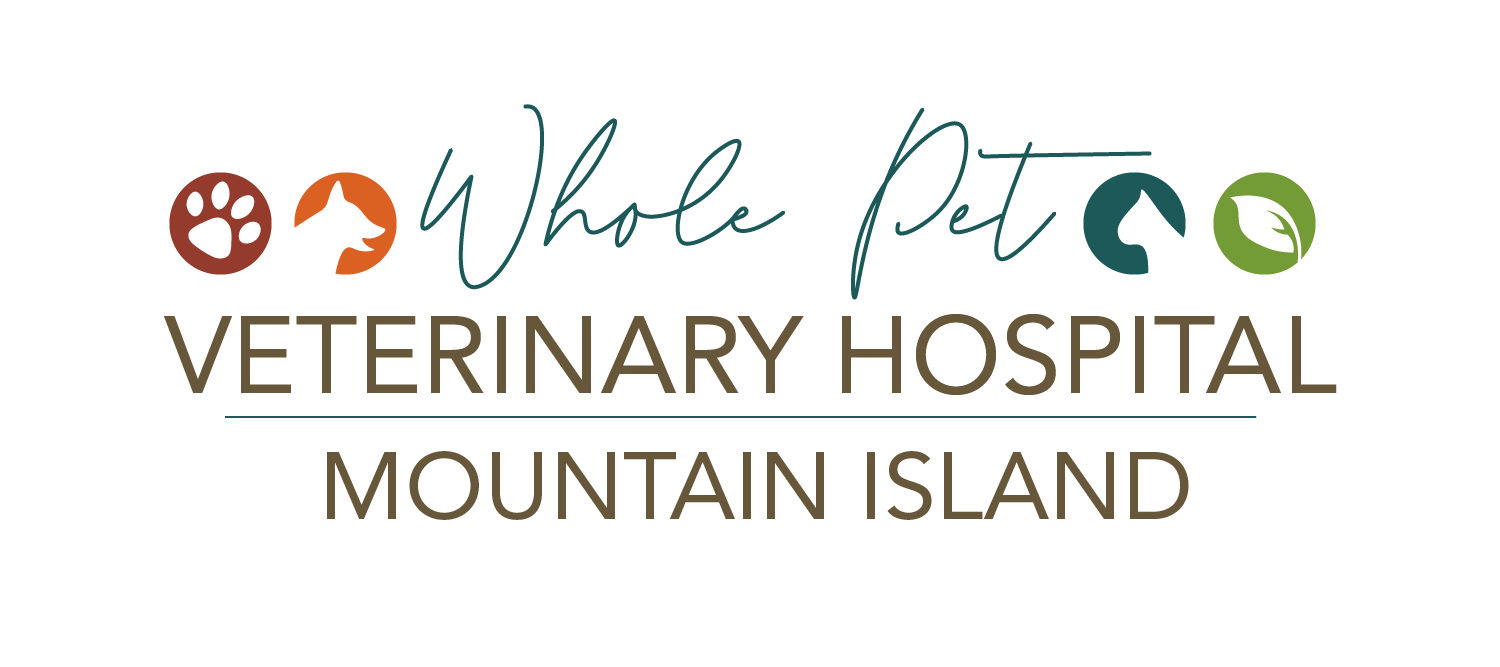Author: Dr. Nick Calo
I perform a lot of surgical and dental procedures for Whole Pet. I enjoy surgery a lot. I find it to be a very rewarding experience, where I can sit and focus intently on a task at hand and succeed in that task in real-time. Depending on the surgery being performed, I can help animals that are seriously ill go home the same day in great health. This is a great feeling for any veterinarian. But before surgery occurs, we have anesthesia. And I REALLY love anesthesia.
I’m kind of a nerd (as most veterinarians are). I find physiology and pharmacology very interesting. To me, anesthesia is the ultimate melding between the two fields. Anesthesia itself is the loss of sensation with or without loss of consciousness. This differs from analgesia, which is the inability to feel pain.
Anesthesia and analgesia go hand in hand. We use anesthesia to allow us to perform surgery on animals without them moving or experiencing the discomfort, and we use analgesia to make sure they do not feel pain once they are awake.
I’m going to focus on anesthesia here, but there could be an entire blog on analgesia (there are in fact entire textbooks devoted to the subject). There are typically three parts to reaching full anesthesia. The premedications are the first medications given, and their job is to sedate the animal and also start blocking pain pathways. The next medication is called an induction agent, and this medication actually places the animal under anesthesia. The induction agents don’t last very long however, so we need something that can be given continuously to keep the animal under anesthesia for the duration of the procedure. This is the job of the inhalation gas.
During anesthesia, there are typical issues that arise in patients. Namely their blood pressure decreases and they aren’t able to maintain their body temperature as well. We combat these issues with intravenous fluids and keeping the body warm with blankets and forced-air patient warming.
Like all pharmaceuticals, anesthetic drugs come with side effects. Some drugs are not suitable for animals that have specific conditions. At Whole Pet, we tailor our anesthetic protocols to each individual patient. We do not have a “one size fits all” approach to anesthesia. This makes anesthesia a much safer experience. We also have many safe-guards installed to determine if something is going wrong, and access to fix these issues quickly. Our patients have intravenous catheters in which gives us direct access to the blood stream and we have them hooked up to medical equipment that allows us to monitor their heart rate and rhythm, how well they are oxygenating their blood, their internal body temperature, and their blood pressure. These machines run continuously during the procedure to ensure safety and health of the patient.
Many owners are concerned about anesthesia, and rightfully so. Anesthesia is a serious undertaking. We at Whole Pet are very knowledgeable and experienced in performing anesthesia on a ton of different pets with different conditions. If you have questions or concerns about anesthesia, please ask. We will gladly take the time to make sure you are as comfortable as possible with the procedure.

